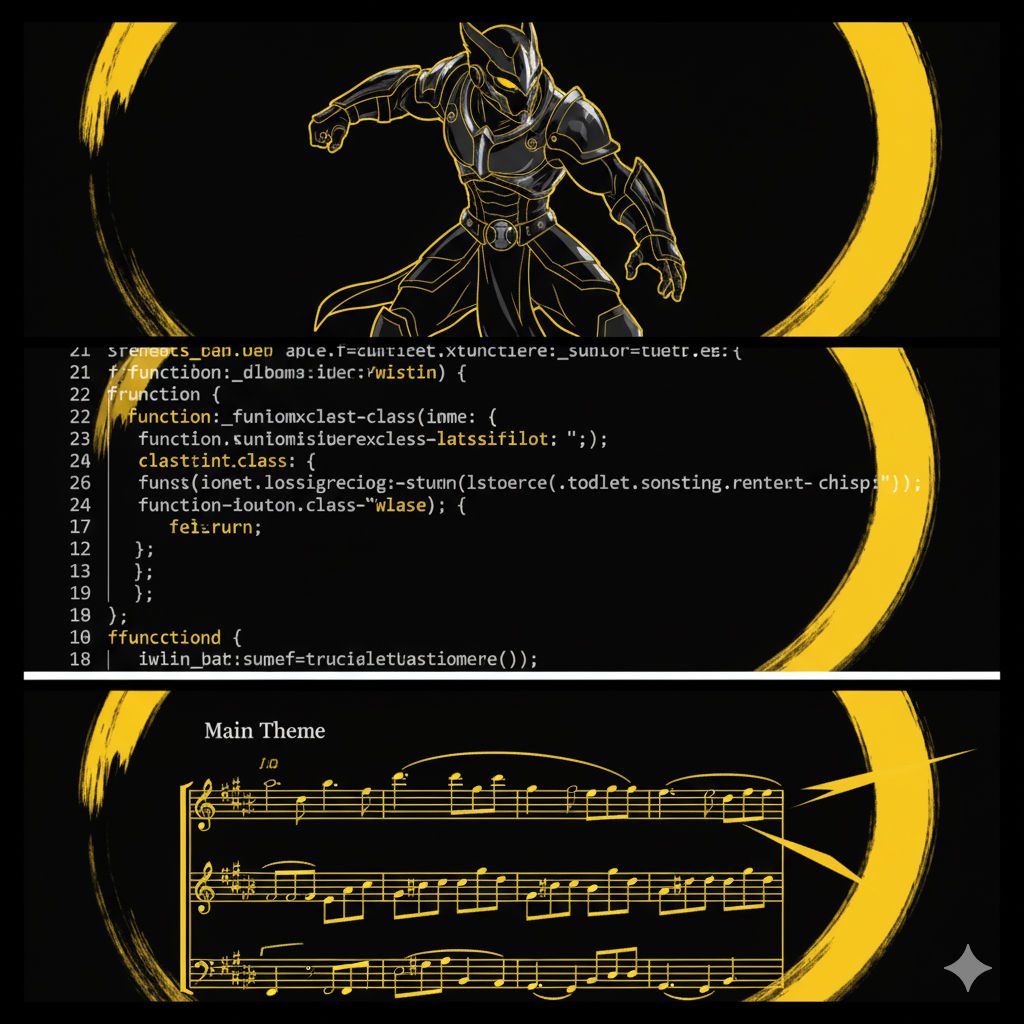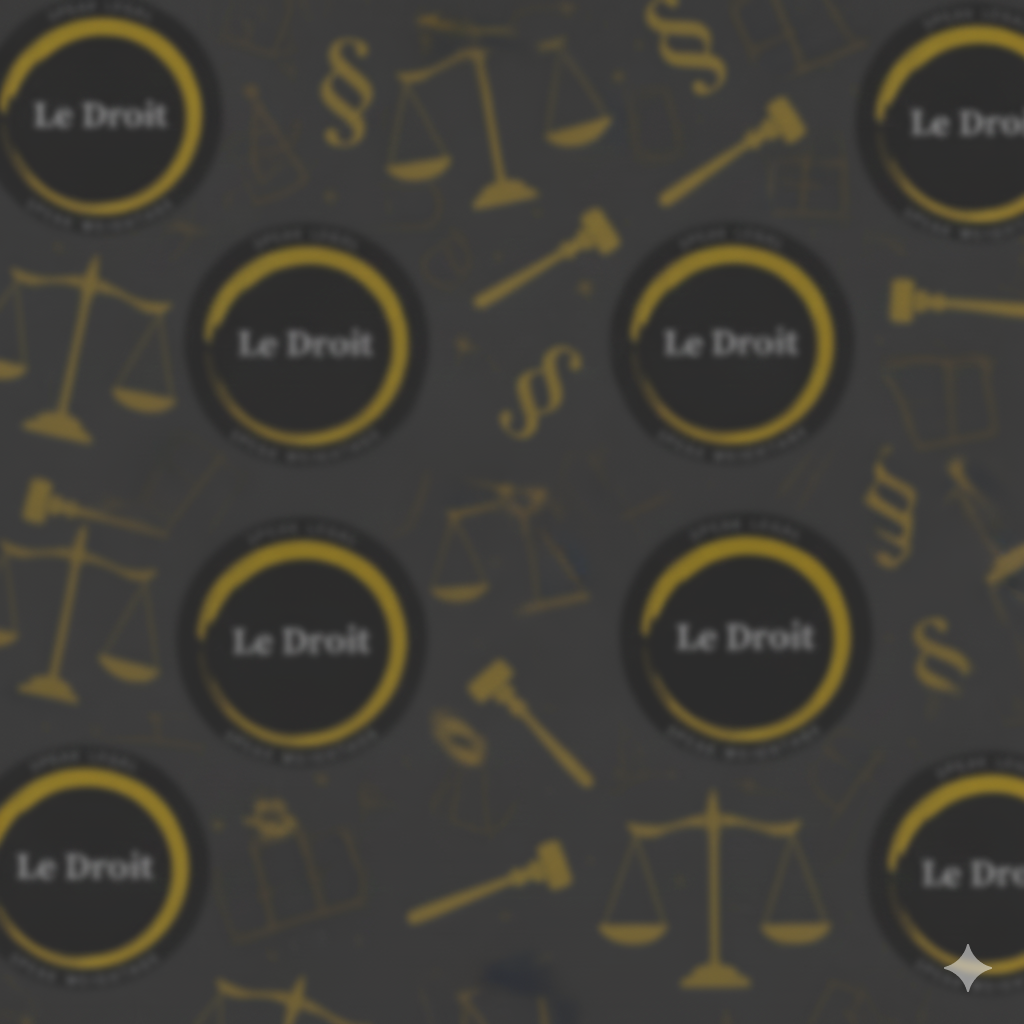This article is written by Kimaya Anavkar, a T.Y.LL.B. student at Kishinchand chellaram Law College.

Keywords: Gaming Law, E-Sports Law, Intellectual Property India, Video Game Copyright, Game Trademark, IP Protection, Indian Gaming Industry.
ABSTRACT
The Indian gaming industry is experiencing a monumental boom, transforming from a niche hobby into a multi-billion-dollar sector. This rapid growth is built on a foundation of creativity and innovation, with every element of a video game—from its code to its characters—being a valuable intellectual property (IP) asset. This article delves into the core IP rights crucial for game developers in India, focusing on copyright and trademark law. We will explore how copyright protects a game’s artistic and literary components and how trademarks safeguard its brand identity. Furthermore, we will address the complex legal challenge of “clone games” and the emerging field of broadcasting and personality rights within the e-sports ecosystem.
A robust IP strategy is not just a defensive measure; it is an essential tool for securing investment, fighting imitators, and building a lasting gaming franchise in a competitive market.
INTRODUCTION: THE MULTI-BILLION-DOLLAR GAMING INDUSTRY RUNS ON IP
India is rapidly ascending as a global powerhouse in the gaming and e-sports world. With hundreds of millions of gamers and a burgeoning ecosystem of talented developers, the industry’s growth trajectory is phenomenal. But behind every engaging game and thrilling e-sports tournament lies a complex web of intellectual property. For a law student, this intersection of technology, creativity, and law is fascinating. For a game developer, understanding it is critical for survival and success.
Every line of code, every character design, every musical score, and the very name of your game is an asset. These assets, protected by intellectual property laws, are what give your game its unique value and prevent others from unfairly profiting from your hard work. This guide will break down the essential IP rights you need to know to protect your digital creation in India.
COPYRIGHT: THE FOUNDATION OF YOUR GAME
Copyright is the bedrock of protection for any game developer. Under the Indian Copyright Act, 1957, copyright protection is automatic upon the creation of an original work; you don’t have to register it to be protected. However, registration provides strong proof of ownership in a court of law. A video game is not a single work but a bundle of different creative works, each protected by copyright.
- Source Code (Literary Work): The code that makes your game run is protected as a ‘literary work’. Any direct copying of your game’s source code is a clear case of copyright infringement.
- Artistic Assets (Artistic Work): This includes everything visual. The design of your characters, the worlds they inhabit, the vehicles they drive, and even the user interface (UI) elements are all protected as ‘artistic works’.
- Music and Sound (Musical Work & Sound Recording): The game’s original soundtrack, background scores, and sound effects are protected separately as ‘musical works’ and ‘sound recordings’.
- Story and Script (Literary Work): The narrative, plot, and character dialogues are also protected as literary works.
- The Game as a Whole (Cinematograph Film): When all these elements come together to create moving images with accompanying sounds, the game as a whole can be viewed as a ‘cinematograph film’, giving you another layer of comprehensive protection.
TRADEMARK: PROTECTING YOUR GAME’S IDENTITY
If copyright protects the soul of your game, trademark protects its face. A trademark is a sign, design, or expression that identifies your game and distinguishes it from others. In the gaming world, a strong brand is everything. Under the Trade Marks Act, 1999, you can and should trademark these key elements:
- Game Title: The name of your game (e.g., Ludo King, Battlegrounds Mobile India) is its primary identifier. A trademark prevents others from releasing a game with a confusingly similar name.
- Studio Name & Logo: Your development studio’s name and logo are your corporate identity. Trademarking them builds brand recognition and goodwill among players and investors.
- Key Characters & Faction Names: Sometimes, highly popular character names or in-game logos can also be trademarked to prevent them from being used in other contexts without permission.
Trademarking these elements ensures that when players see a name or logo, they associate it with the quality and experience you provide, effectively preventing counterfeiters or “clone” games from riding on your success.
THE “LOOK AND FEEL” DEBATE: THE PROBLEM OF CLONE GAMES
One of the most challenging legal issues in the gaming industry is that of “clone games.” These are games that don’t copy the literal code or art but mimic the gameplay mechanics, style, and overall experience—the “look and feel”—of a popular game.
Copyright law has a fundamental rule: it protects the expression of an idea, not the idea itself. The idea of a battle royale game where 100 players fight to be the last one standing is not protectable. However, the specific characters, map design, art style, and code that express that idea in a game like Fortnite or BGMI are protected.
This makes “look and feel” cases difficult to win. A developer would need to prove that the competing game copied a substantial amount of their unique expression, not just the underlying game mechanics. While Indian courts are still developing jurisprudence in this area, international cases like Tetris Holding, LLC v. Xio Interactive, Inc. show that courts are sometimes willing to protect the total concept and feel of a game from blatant imitation.
E-SPORTS AND BROADCASTING RIGHTS
The rise of e-sports has created a new frontier for IP law. E-sports tournaments are massive commercial events, and like traditional sports, they involve significant IP rights.
- Broadcasting Rights: Just as a TV network buys the rights to broadcast a cricket match, streaming platforms buy the exclusive rights to broadcast an e-sports tournament. The tournament organizer typically owns these rights and can license them for a substantial fee.
- Personality Rights: Professional gamers are celebrities. Their names, images, and gaming handles (nicknames) have immense commercial value. This brings into play “personality rights” or “publicity rights,” which prevent the unauthorized commercial use of a person’s identity. These rights allow gamers to secure sponsorships and endorsement deals.
CONCLUSION: PROTECT YOUR GAME TO WIN THE MARKET
In the dynamic and competitive Indian gaming industry, intellectual property is not a legal formality; it is a core business asset. A strong IP strategy involving both copyright and trademark protection is essential for any serious game developer. It allows you to attract investors, defend your creation from imitators, and build a brand that can grow into a lasting franchise. By understanding and leveraging these legal tools, you can ensure that your creativity is not only celebrated but also protected, allowing you to win the bigger game: the market.
FREQUENTLY ASKED QUESTIONS (FAQS)
Q1: Can I copyright my game idea?
A: No. An idea itself cannot be copyrighted. Copyright law only protects the tangible expression of an idea. You can’t copyright the idea of a puzzle game, but you can copyright the specific code, art, and music you create for your puzzle game.
Q2: Do I need to register my copyright in India for my game to be protected?
A: Protection is automatic the moment you create the work. However, registering your copyright with the Copyright Office of India is highly recommended. It serves as public proof of your ownership and is legally powerful evidence if you ever need to sue an infringer in court.
Q3: What is the main difference between copyright and trademark for my game?
A: Think of it this way: copyright protects the creative content inside the game (the art, code, story, music). Trademark protects the brand identity of the game (the title, studio logo, character names) that helps consumers identify it in the marketplace.
Q4: If another game has very similar gameplay mechanics to mine, can I sue them for copyright infringement?
A: This is legally challenging. Gameplay mechanics are often treated as ideas or systems, which are not protectable by copyright. You could only sue if you can prove that they copied the specific expression of those mechanics—such as your art, characters, or specific level design—to a substantial degree.

WILL THE NEW 28% GST KILL ONLINE GAMING IN INDIA?
[…] KEYWORDS: online gaming, fantasy sports, game of skill, game of chance, Indian gaming laws, GST on online gaming, consumer protection. […]